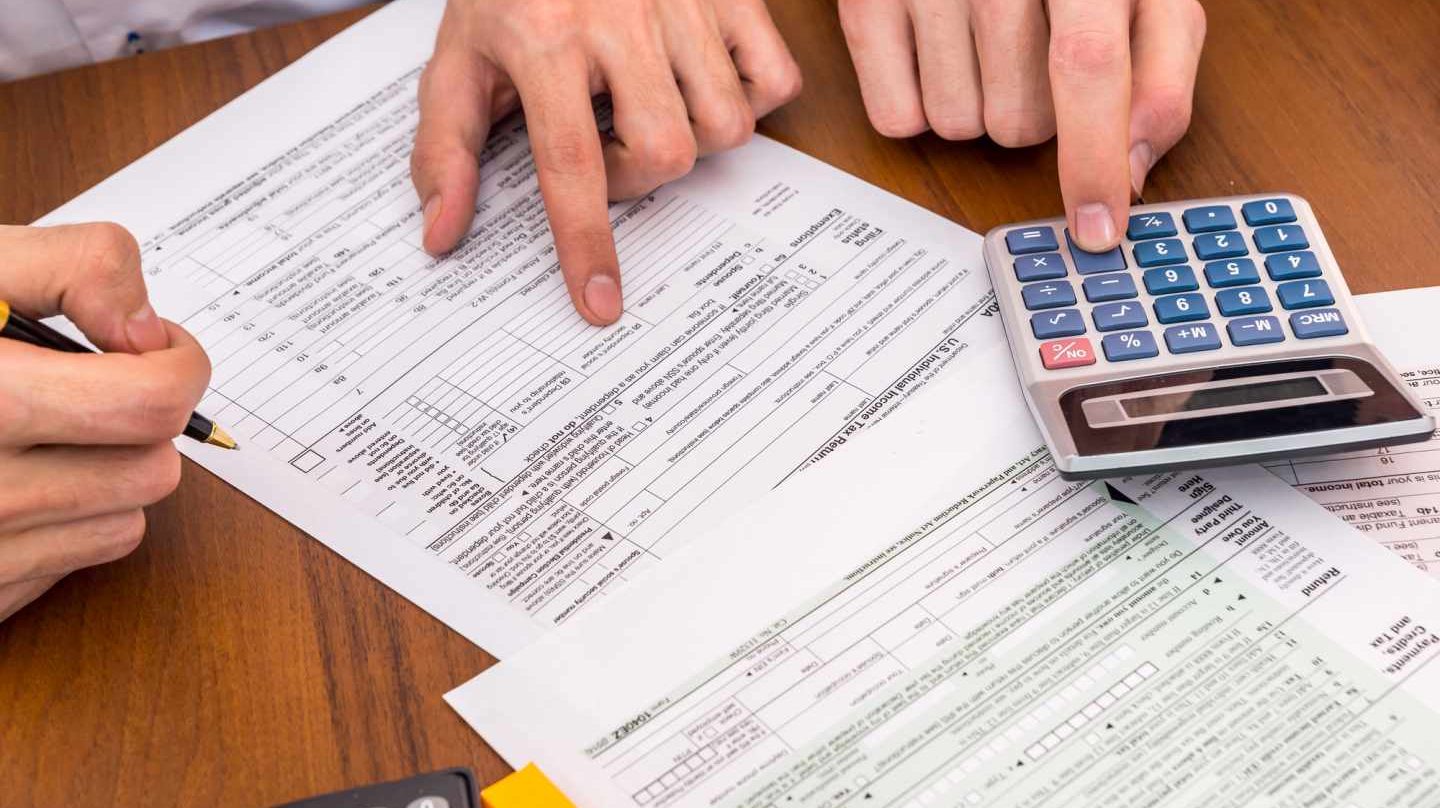
Aware that there are many doubts that it generates, from AYCE Laborytax we have decided to prepare a complete guide of the 130 personal income tax model,in which we will explain what it is and what it consists of, what it is for and how it should be presented.
So if you are a self-employed worker or you have your own company and you have doubts about the 130 model, pay attention because below we tell you everything you need to know.
You are interested in:
New deadlines for the presentation of forms 347, 171, 184 and 345.
What is personal income tax form 130?
Form 130 of Personal Income Tax must be presented by the self-employed in the Treasury to settle the fractional payment of personal income tax. It is totally mandatory for any self-employed worker who develops his economic activity in direct, normal or simplified estimation.
It consists of a quarterly statement of income and expenses,through which an advance of 20% is paid on account of your income tax return for income from economic activity.
If at the end of the year the Personal Income Tax paid through form 130 has been higher than the corresponding for your real income, the difference will be refunded to you in the Income Tax return. But if instead you have obtained a high income, it is possible that the advances have not been enough, and you have to overpayment in the income tax return.
Keep in mind that personal income tax is a progressive tax,which means that the more a taxpayer earns, the higher the percentage of personal income tax they will have to pay.
When is form 130 of Personal Income Tax presented?

As we have mentioned, form 130 of Personal Income Tax is presented quarterly:
- First quarter: from 1 to 20 April, both inclusive.
- Second quarter: from 1 to 20 July, both inclusive.
- Third quarter: from 1 to 20 October, both inclusive.
- Fourth quarter: from 1 to 30 January, both inclusive.
In case the deadline coincides with a public holiday, the deadline is automatically extended until the next working day,being able to present it without suffering any type of sanction.
And in the event that you present form 130 after the deadline, the Treasury will apply a penalty or surcharge on the payment of the tax, as established in article 27 of the General Tax Law.
The surcharge will depend on the delay time, as well as whether the return has gone out to enter or return.
In case the Treasury has not sent a prior request warning of the delay, you will have to pay the interest for having paid it after the deadline. But if you have also been sent a request, to the interests you will have to add the corresponding sanction.
You are interested in:
How is the model 130 presented?
Today you have two modalities to present form 130 of Personal Income Tax:
- Telematic presentation:
The most comfortable and recommended option is to present the model 130 electronically, through the official website of the Tax Agency. You can file it yourself or directly your tax advisor without any problem.
For the telematic presentation it will be necessary to identify yourself with a digital signature (certificate or electronic DNI) or through the identification system cl@ve PIN.
- Paper presentation:
The other option is to present form 130 on paper at the bank or at the Treasury offices themselves. You can download the model in PDF format on the AEAT website.
Who is required to submit form 130?
The vast majority of self-employed professionals are obliged to present form 130 of Personal Income Tax:
- All entrepreneurs registered in activities qualified as business, as long as they are not in the module system. In that case they should submit form 131.
- Those self-employed who carry out a professional activity, except if at least 70% of the income from the professional activity had had retention or payment on account in the previous year.
- The self-employed who participate in a community of goods in terms of the income that corresponds to them, depending on the percentage of participation in the organization.
What tax expenses can be deducted with form 130 of Personal Income Tax?
- Workers’ salaries,extraordinary payments and remuneration in kind.
- Social security contributions.
- Staff costs:training, indemnities, insurance, etc.
- Repairs and maintenance:expenses for maintenance services, repairs, spare parts, reforms, etc.
- Independent professional services.
- Tax deductible taxes,such as the IBI or the IAE among others.
- Input VAT,as long as it is not tax-deducted through the VAT declaration.
- Expenses of difficult justification,with an annual ceiling of 2,000 euros.
- Financial expenses:interest on loans or credits, surcharges for debt deferral, etc.
- Other external services:expenditure on research and development, advertising, insurance premiums, etc.
All these expenses, affected by economic activity.
conclusion
As a freelancer or entrepreneur, it is very likely that you will have to file a quarterly declaration of income and expenses in the Treasury through form 130. If you have any questions about how to fill it out or submit it, contact the team of tax advisors of AYCE Laborytax. We will solve all your doubts, and we will also take care of filling it and presenting it for you.








